

People often say that it's good to be grounded. You might be advised to “ground yourself” when you feel anxious or confused, for example. However, there's also a particular technique in earthing science and psychology called grounding.
It aims to help you deal with difficult emotions and induce calmness by reconnecting you with the earth. But what exactly does this technique involve, and how can you start doing it?
To begin, we'll explore the key health benefits of grounding techniques, including the science behind why they're so effective. We'll also look at the negative experiences you might have when you're not appropriately grounded.
From there, we'll turn to an introduction to grounding yourself, helping you see how to use your senses to better understand what it means to be grounded.
Finally, we'll work through three powerful forms of grounding exercise, and explain the wonderful new state that awaits you when you practice such exercises regularly.

There are many established health benefits you can enjoy when you add grounding exercises to your life.
So far, the benefits best supported by scientific studies include the impact on inflammation, mental health, heart disease, pain (especially chronic pain), damages to muscles.
For example, one small research project found that healthy people who applied grounding patches to their hands tested as having a reduction in red blood cell clumping.
This may be associated with a reduction in heart attacks and strokes.
Meanwhile, another study on the link between grounding and muscle health found that grounding helped to reduce damage caused during high-impact exercise – as well as post-exercise pain.
Further, self-reported information from study participants suggests you might also find grounding improves your mood and helps to address common problems like anxiety, depression, and stress. Anxiety treatment looks especially promising, so we'll explore that in some more depth.
If you have anxiety, grounding exercises can help you combat feelings of panic at the moment as well as reducing the recurrence of anxiety episodes.
Later in this guide, we'll look at four such grounding exercises – 5-senses grounding, barefoot grounding, breathing exercises, and water grounding.
First, however, let's unpack the science behind these techniques and consider how you can tell that you're not grounded.
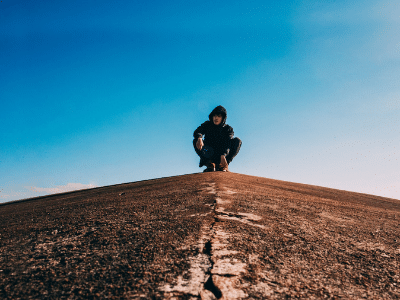
Increasingly large numbers of researchers are devoting time and money to understanding the science behind grounding exercises.
As it stands, some studies on grounding suggest that doing this technique has an impact on the central connector between all cells – the “living matrix”.
Inside this central connector is an electric energy that is linked to your immune system, for example.
Related research on blood markers in people doing grounding exercises provides us with some promising early evidence that such techniques have an impact on inflammatory markers in the body.
However, this interesting result requires more investigation to further support it and fully understand its implications. In sum, science tells us that grounding has a concrete, positive impact on the body, boosting both physical and mental health.
What we don't yet quite understand is exactly why grounding works as well as it does.

Grounding exercises will be most powerful when you're not grounded. But how do you know when this is a problem for you?
While being ungrounded can impact everyone in subtly different ways, here are some of the most common signs to look for:
In sum, if you've been feeling overwhelmed and deskilled, it's likely that you're not sufficiently grounded.
People often describe the experience as feeling as though they can't be their best selves – they're always on the back foot, struggling to make connections and feeling like a victim of circumstance.
Grounding helps you become empowered, so you're emotionally and physically balanced.

At this point, you understand some of the benefits of grounding yourself and have a sense of how to detect when you're ungrounded.
Now, let's focus on where to start in your quest to become more grounded. To become grounded, you need to begin with a willingness to let go of your own avoidance tactics – to move on from self-medicating with alcohol, drugs, food, or other short-term solutions.
These types of solutions can feel like a security blanket, rescuing you from pain by giving you a boost, or just numbing you out. It's scary to let go and try a different method.
However, in reality, interventions like drugs and alcohol just stop you from processing your feelings and experiences, and they hold you back from achieving your full potential.
Once you accept and acknowledge the role that these self-medicating practices play in your life, you're ready to learn how to ground yourself.
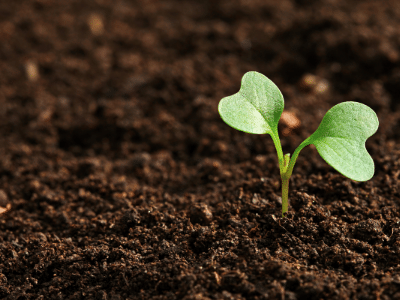
What is grounding yourself, exactly?
In a nutshell, grounding (or earthing) is practicing techniques that eclectically reconnect you to the ground beneath your feet.
Repeatedly engaging in such techniques will help you stop, breathe, and reconnect with both yourself and the world around you.
You will be able to shut out the noise that distracts you from your real self – other people's baggage and stress, negative past memories, and difficult world events.
In other words, you will learn to anchor yourself in the present, in a place of ultimate confidence, comfort, and self-awareness.
Some people describe grounding as a move from yang to yin. Yang is outside chaos, and yin is your inner self. You will become more aware of your body, and more at home in your own skin.
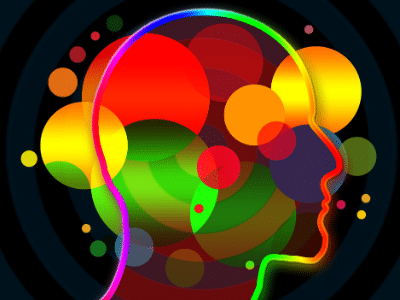
To really understand grounding, you need to try grounding exercises.
The best for beginners is the 5 senses grounding exercise, sometimes called the 54321 technique.

Once you have a taste for grounding exercises, it's worth moving beyond the basic 5 senses technique. First, we'll offer a shortlist of grounding techniques that are easy to practice, then we'll guide you through three more sophisticated grounding exercises.
Object focus grounding: Hold something in your hand and concentrate just on its texture, shape, and temperature. This calming technique is best performed with an object from nature, such as a crystal or stone.
Seated grounding: Sit on a chair with your feet flat on the floor and begin by noticing how it feels. What texture is beneath your body? Is the chair soft or hard? Does it smell of anything? Then, push your feet against the floor, picturing excess negative energy leaving your body out through your toes, dispersing into the ground. You might picture it as a particular color – perhaps green or black.
Thought floating: Imagine your unwanted thoughts (e.g., worries) as leaves on a tree. Mentally picture them being blown away by the wind one by one.
Distraction grounding: Set yourself an arbitrary challenge that takes up your attention, such as counting the number of yellow objects in the room or the number of squares.
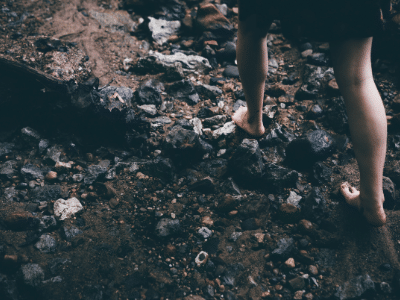
Grounding yourself often works best when the techniques focus on helping you connect with nature.
Barefoot grounding exercises are a great example of this.
The simplest involves simply taking off your socks and shoes and walking barefoot in the grass.
As with the techniques above, try to focus on every part of the sensation, especially how it feels when your feet touch the ground. A twist on the barefoot grounding exercise asks you to lie on your back on the grass.
You can combine this with meditation, or with any other grounding technique.
For example, you might look at the clouds and try to identify shapes or do a body scanning exercise where you try to become aware of the sensations in each part of your body at a time.

Of course, it's not always convenient to go outside and walk barefoot in the grass.
In such cases, breathing techniques are some of the best ways to ground yourself, especially when you're anxious.
For example, start by inhaling to a count of three, holding your breath to a count of three, then exhaling to a count of three.
Next, do all three of these stages for four counts, repeating until you work your way up to 8 counts.
This method helps to tell your brain and body that you're safe, and that you can calm down.
The result is a positive feedback look where you progressively become less anxious.
Finally, water grounding is another straightforward but powerful way to combat anxiety. In the traditional version of this exercise, you wade into the water (e.g., an ocean or a lake) and reconnect to the earth and water at the same time.
However, it's sometimes safer or easier to plan a water grounding exercise in the bath at home. Let yourself float, and observe all the physical sensations.
Notice how light your limbs feel, and picture negative energy leaving your body. Imagine that energy dissipating in the water around you.
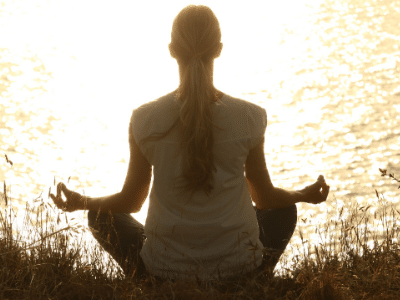
Now, what can you expect to change when you've grounded yourself? How will your feelings (and your life) change? Some of the benefits you may enjoy include:
In other words, when you're grounded you feel ready to fully engage with life. You're more likely to set goals and pursue those goals with energy and confidence, making good connections with people and enjoying your days.
Consequently, it's unsurprising that grounding techniques reliably boost your mood and help to combat mental health difficulties like chronic anxiety. Of course, there's always more work to do, especially when it comes to understanding yourself and processing painful experiences.
However, grounding puts you in the best place to thrive, both in good times and when challenged.
While the above exercises can immediately help to ground you, it can take a while to feel the full benefit of such techniques.
If you want to get a handle on anxiety for good and want to get the most from grounding exercises, self-hypnosis can give you a much-needed boost.
Anxiety hypnosis taps into your subconscious, accessing underlying negative feelings and beliefs about yourself and helping you to replace them with a positive, empowered attitude.
Whether you struggle with phobias, often experience low mood, or just have occasional episodes of anxiety, hypnosis offers safe, effective support for your well-being.
